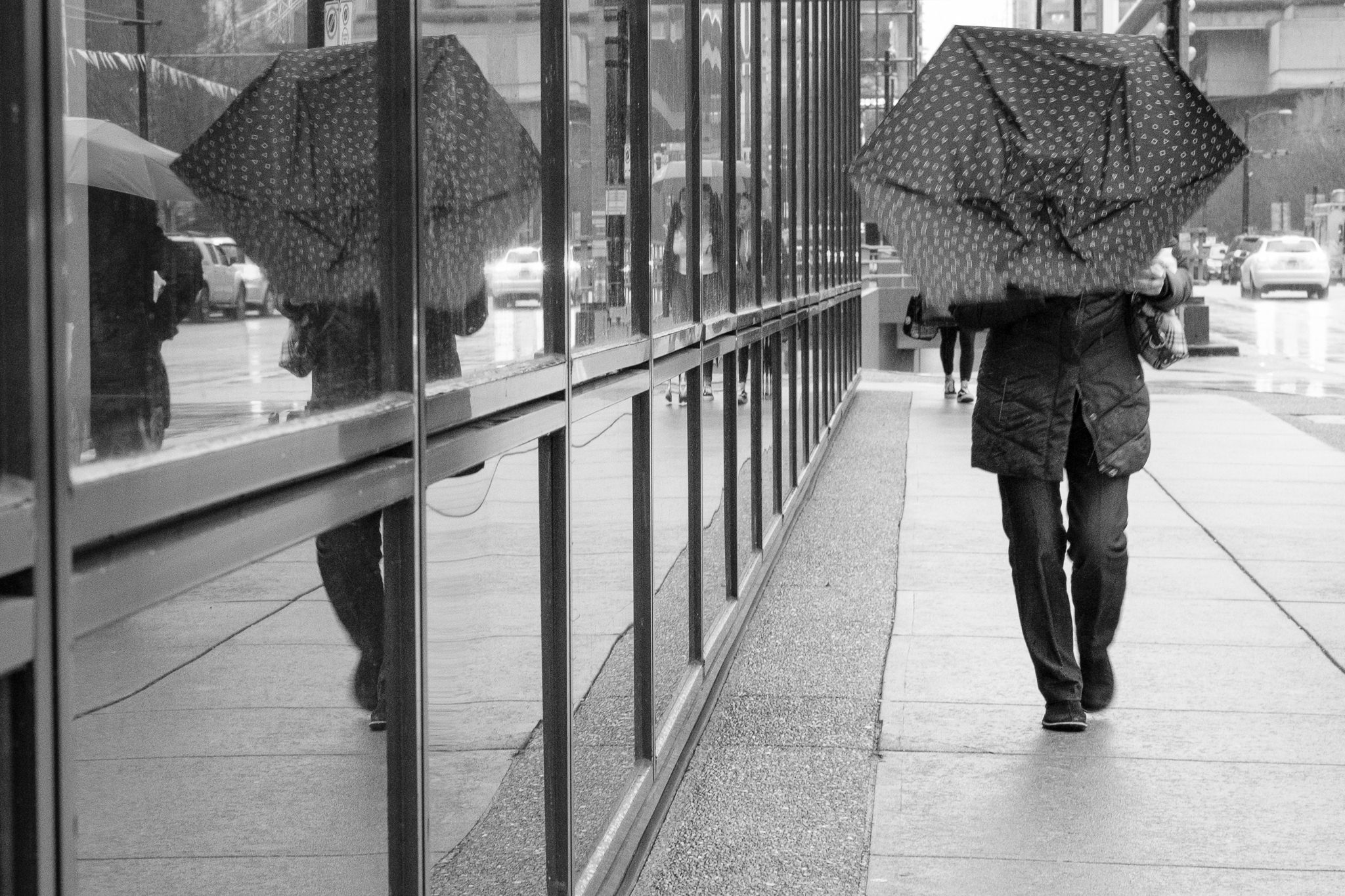The Best Strategy To Use For Framing Streets
Table of ContentsThe Of Framing StreetsThe Best Strategy To Use For Framing StreetsSome Known Details About Framing Streets Top Guidelines Of Framing Streets

Both at the Gallery of Modern Art (Mo, MA). Motivated by Frank, in the 1960s Garry Winogrand, Lee Friedlander and Joel Meyerowitz began photographing on the roads of New York. Phil Coomes, writing for BBC Information in 2013, said "For those people thinking about road digital photography there are a few names that stand apart and one of those is Garry Winogrand"; doubter Sean O'Hagan, creating in in 2014, said "In the 1960s and 70s, he specified street photography as a perspective as well as a design and it has laboured in his darkness ever before considering that, so conclusive are his photos of New York." Returning to the UK in 1965 from the United States where he had met Winogrand and adopted road digital photography, Tony Ray-Jones turned a wry eye on often surreal groupings of British individuals on their vacations or taking part in events.
Road photography is a substantial style that can be defined in several ways, but it is often characterized by the spontaneous recording of an unrepeatable, fleeting minute, frequently of the day-to-day going-ons of complete strangers. It is typically shot with broader angle lenses (e. g. 35mm) and usually includes urban atmospheres.
How Framing Streets can Save You Time, Stress, and Money.
Documentary digital photographers usually have a specified, premeditated message and an objective to tape-record specific events in history (https://triberr.com/framingstreets1). The range of the docudrama strategy incorporates aspects of journalism, art, education, sociology and history. In social investigation, docudrama pictures are typically planned to provoke, or to highlight the demand for, social change
Street digital photography is usually seen as unposed and honest, yet there are a couple of road digital photographers that connect with strangers on the streets and take their like it pictures. Road pictures are unintended pictures taken of complete strangers while out doing road digital photography, nonetheless they are viewed as postured due to the fact that there is communication with the subject.
Photographing people and areas in public is legal in most nations shielding liberty of expression and journalistic flexibility. There are typically limits on just how photos of individuals might be made use of and most nations have certain laws relating to individuals's privacy.
A Biased View of Framing Streets
The right to personal privacy is protected by Write-up 8 of the convention. In the context of photography, it stands at odds to the Short article 10 right of freedom of speech. Thus, courts will usually consider the public interest in balancing the rights through the legal examination of symmetry. While likewise limiting digital photography in order to safeguard privacy rights, road digital photography can still be lawful in France when gone after as an art form under particular circumstances.

. that simply roamed into a scene), or who are not also well-known in the picture. http://dugoutmugs01.unblog.fr/2024/01/10/framing-streets-mastering-the-art-of-street-photography/. It also does not typically prolong to people who are public figures (e. g - Street photography hashtags. politicians or celebs). If an image is thought about art, the courts will certainly also consider the professional photographer's flexibility of artistic expression; meaning that "artistic" road photography can still be legitimately published in certain instances
Framing Streets Can Be Fun For Everyone
Photographing the cops and publishing the pictures is also lawful.
In Hungary, from 15 March 2014 any individual taking photos is technically damaging the law if somebody wanders right into shot, under a new civil code that bans taking photos without the consent of everybody in the photo - Best Zoom Lens. This increases the law on permission to include the taking of photographs, along with their magazine
'Surprise digital photography' (kakushidori concealed, surreptitious photography) 'stolen photography' (nusumitori without any intent of getting consent) and "rapid photography' (hayayori before permission and rejection can be given) are prohibited unless in the former permission is gotten from the subject instantly after taking the photo. Individuals have legal rights to their images (shzken, droit de photo).